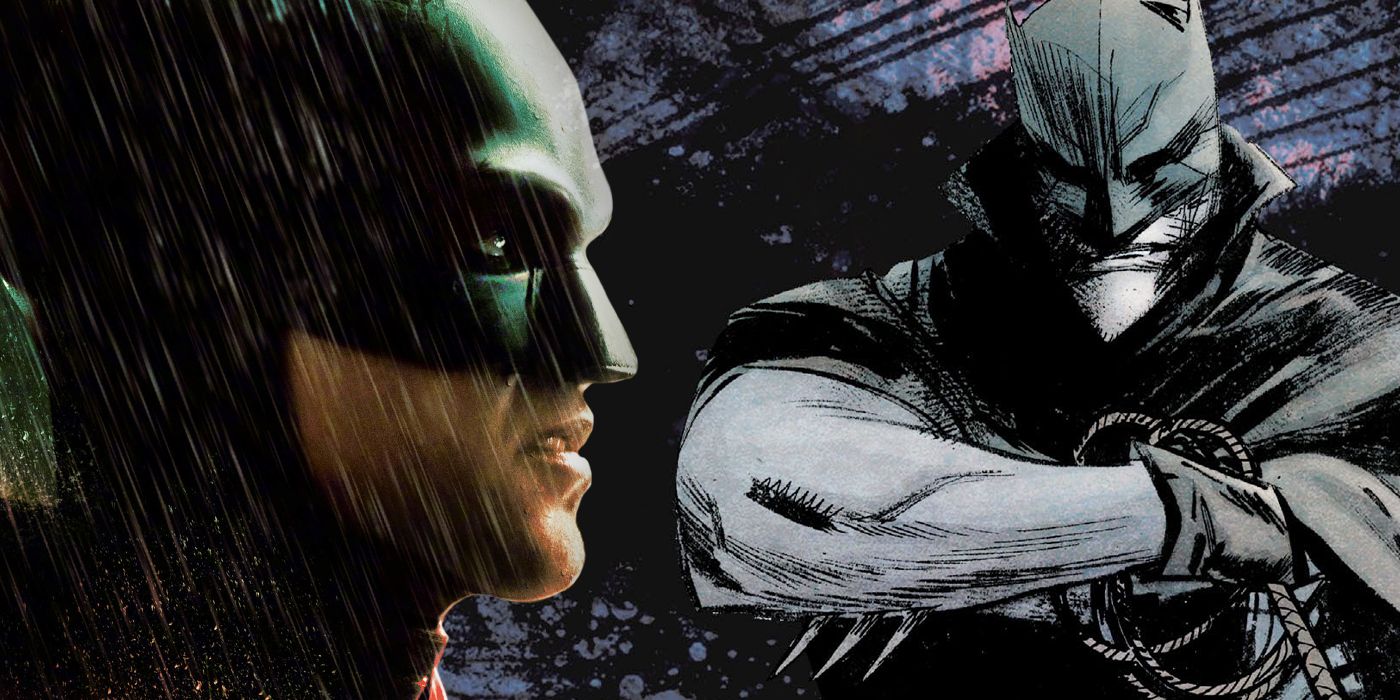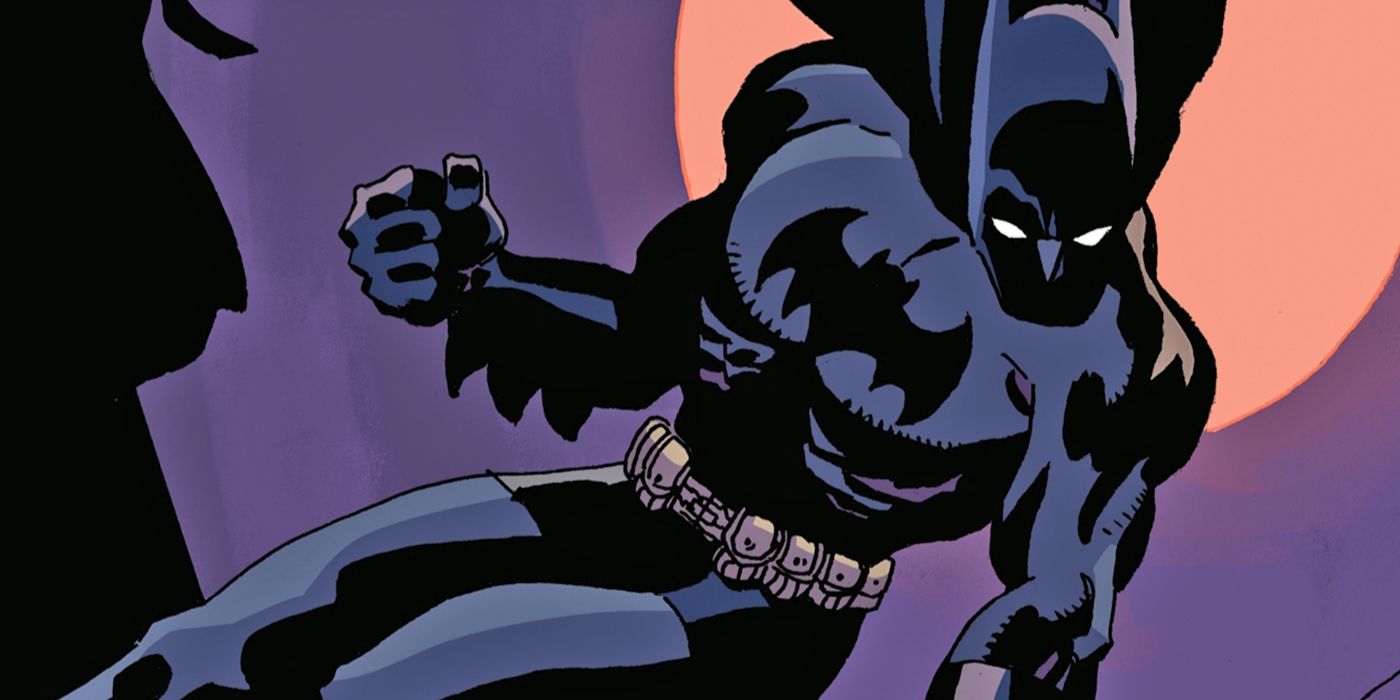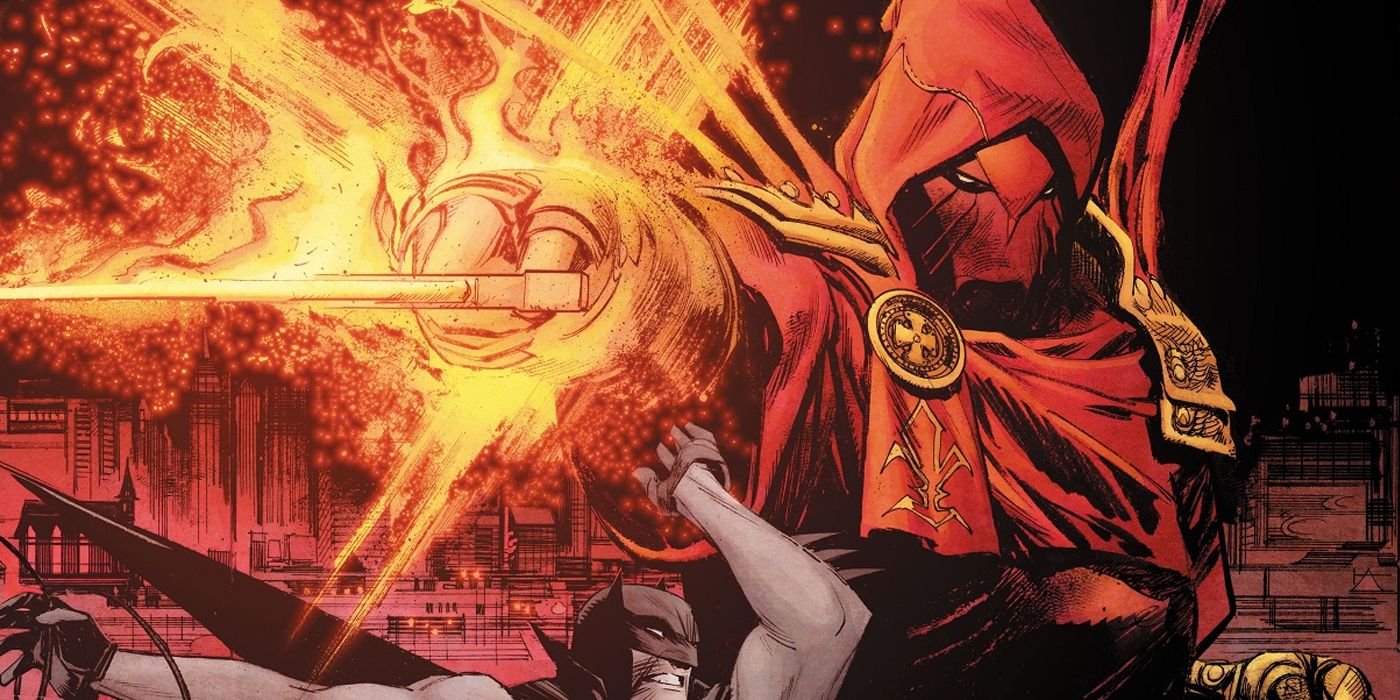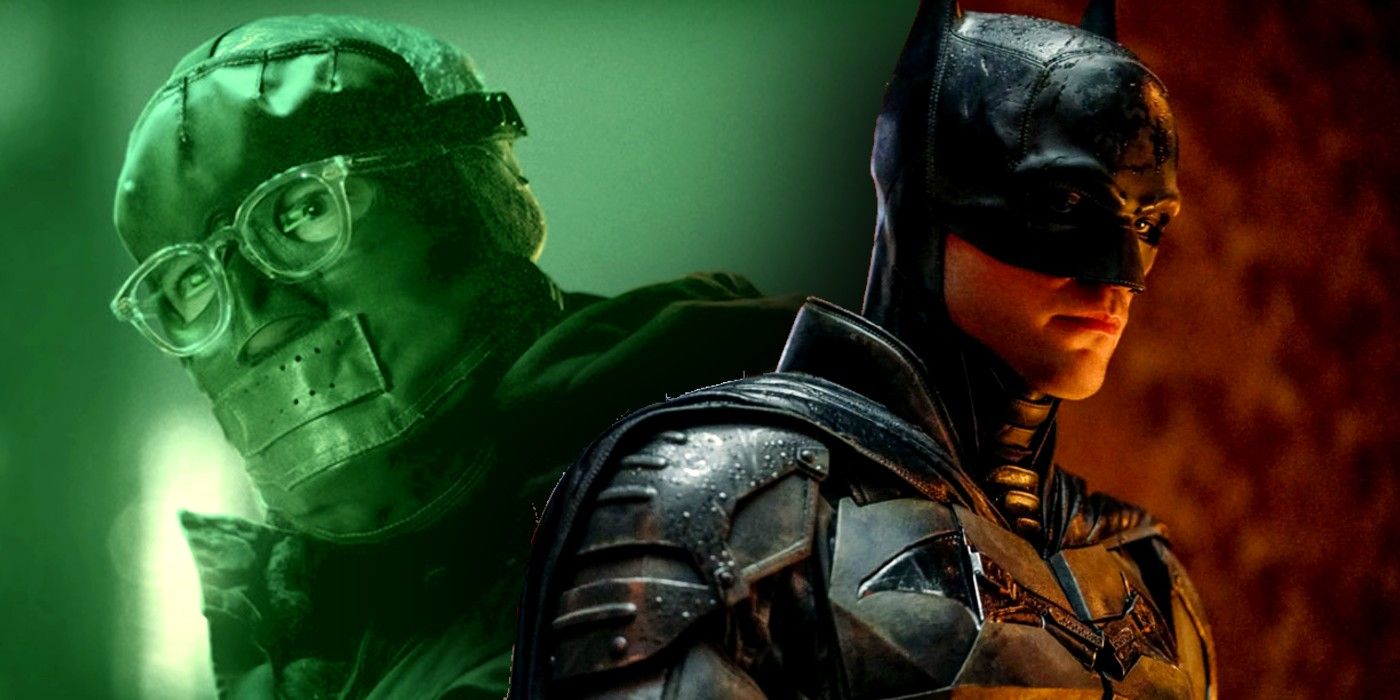WARNING: The following contains major spoilers for The Batman, now in theaters.
It's safe to say Matt Reeves' The Batman is influenced by Batman: The Long Halloween, one of the most popular and well-received Dark Knight stories in DC history. In 1996, Jeph Loeb, Tim Sale, Gregory Wright, Comicraft and Richard Starkings took the Bat down the detective route as he tried to catch the Holiday Killer, who left riddles and cryptic clues for the Bat.
The film adopted a similar format with the demented Riddler (Paul Dano) playing a cat-and-mouse game, but this time it was to purge Gotham of corruption rather than embark on a selfish vendetta. However, as much as both stories have in common, this movie's biggest influence is actually Sean Gordon Murphy's Batman: White Knight.
How Does Long Halloween Connect To The Batman?
The Long Halloween focused on Batman and Catwoman working together while mob families were targeted. Reeves' film began in similar fashion, with a murder on Halloween Night. But while this film was about social justice, Loeb's story was much more personal. The Long Halloween also had Catwoman thinking Falcone was her dad, something this film confirmed, making her role more organic after he killed her loved ones.
Most of all, both stories spoke to the corruption within the Gotham PD, although District Attorney Harvey Dent, an instrumental part of the comic was noticeably absent from the film. This opened the door for another shared point: Bruce discovering Falcone worked with his dad, from patching up gunshot wounds to other seedy activities. Still, these were just overarching threads and not the main point of Reeves' vision.
What Was Batman: White Knight About?
Batman: White Knight dissected the lies of the Wayne Empire, hinting there was more to Gotham's First Family than was initially revealed. Curse of the White Knight leaned even more into this theory, with Joker and Azrael leaving clues for Bruce about his murderous ancestor, Edmond Wayne, who built his fortune on lies and corruption.
This revelation led to Bruce giving his inheritance away in an effort to atone for the sins of the past. This also led to the Caped Crusader unmasking and turning himself in before asking his sidekicks to work alongside the police.
How Does Batman: White Knight Connect To The Batman?
Reeves' film was driven by a similar beat concerning Bruce Wayne's ancestry. In the comic, Joker found Laffy Arkham's diary over how Edmond backstabbed him and Azrael got the truth from his ancestors. In the film, the Riddler discovered the Wayne family's corruption by conducting his own investigation, leading him to uncover how Thomas Wayne worked with gangsters and corrupt police officers.
In the film Bruce Wayne lashes out at Alfred for this, hating how the actions of his family were an affront to social equality. This Batman was then motivated to become a first responder to inspire and help people, transforming from a symbol of vengeance to one of hope. While White Knight's Bruce punished himself, the film's version of the character wanted to rebuild and honor the dream his dad once had before he became involved with questionable partners. Ultimately, though, both versions of the Dark Knight encouraged the public to believe in the mission of the Caped Crusader and work together toward a better tomorrow.




